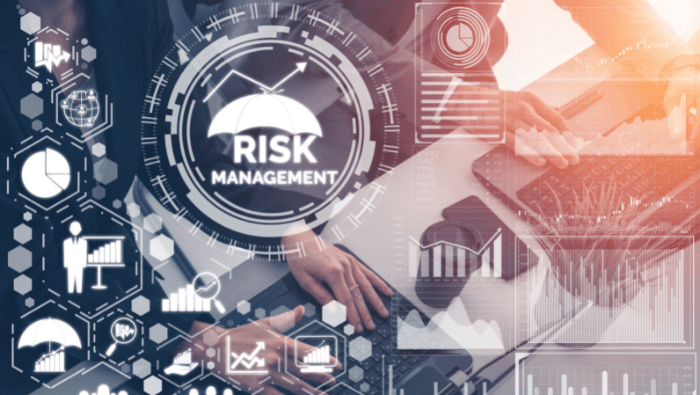Energy trading and risk management (ETRM) software has evolved significantly over the past decade. Disruptive change in the energy industry makes it more vital than ever to have an effective ETRM software system. Due to the need and complexity, challenges can arise when searching for an ETRM solution provider. To help you out, we’ve gathered information to help you choose the solution that will work for you. Read on to discover the top five ETRM implementation lessons we’ve learned.
If you’re still learning the basics about ETRMs consider reading this blog post first: What is An ETRM System and How Does it Work for Power Companies
1. Manage Timeline Expectations
Properly managing and setting timeline expectations with the client and internal stakeholders is crucial to a successful ETRM implementation. We ask several key questions when setting our project dates, including:
- Do we have the internal resources we need to meet the timeline?
- What gaps in the existing product do we need to fill for the customer, and how do we fill them? Is it a simple change, or do we need to do a custom configuration?
- Do we need to account for other production issues? Things like maintenance schedules, product upgrades, and other product-wide development items may affect a project’s timeline.
2. Don’t Rush the Design Phase
It can be challenging for customers to know precisely how they need something to function until they see how it works in their environment. We’ve found it is critical to create a detailed statement of work and detailed design documents during the design phase. We typically start by demonstrating an existing product to help the customer understand how our solution can work for them. This action can prompt them to provide details necessary to their customization that might not otherwise surface.
We also take the time to ask customer-specific questions and document even the most trivial details during the design phase. What may seem unimportant at the start of the project could be a key piece of information that impacts the entire design process.
Using screenshots and diagrams that help the customer visualize each workflow step by step is also critical. Getting granular can prevent disconnects or miscommunications with the customer, plus it shows them we understand their business and how they want to operate. By ensuring both the vendor and the customer are on the same page at the design phase, you can ultimately reduce ETRM implementation costs by reducing expensive redesigns.

3. Design for User Experience
During the design phase, we learn how our customers will use the software in their day-to-day operations, and then we design the interface to create the best user experience possible. We do this by minimizing the number of keystrokes and mouse clicks needed for the client to do their job.
Ultimately, we want to automate data flows and reports so our clients can make better decisions.
4. Internal Collaboration
ETRM solutions are complex, and dedicated product teams simultaneously work on different aspects of the software. One group may be working on power commodities, another on fuel commodities, and yet another on trading and settlements. During the design and ETRM implementation process, it’s vital that these front-, mid-, and back-office teams communicate with each other, and here’s why: A change made by the mid-office team could impact a module created by the front-office team.
To ensure open lines of communication between groups, top ETRM solution providers like PCI have regular meetings with the entire production team – from implementation to go-live – in which we discuss changes being implemented across each group. This collaboration allows the entire team to solve any potential problems before they happen, streamlining the production process and ultimately reducing ETRM implementation costs and enhancing the user experience.
5. Never Stop Innovating
Finally, top ETRM solution providers like PCI never stop innovating. They know that stagnation means they’re falling behind in this rapidly evolving industry.
Not only that, PCI prioritizes constant communication with all existing and potential ETRM clients. We believe in continuous growth, and gathering feedback about clients’ good and bad experiences with our solution sets us on a path of continuous improvement.
If you’re considering getting an ETRM system, or moving vendors take a look at our blog post: How to Write Functional Requirements for an ETRM System
Implementing an ETRM isn’t always easy, but we hope these five lessons can help you reduce the difficulty. Learn more by heading to our ETRM software page to watch a video on the capabilities of our power and fuels ETRM platform.






